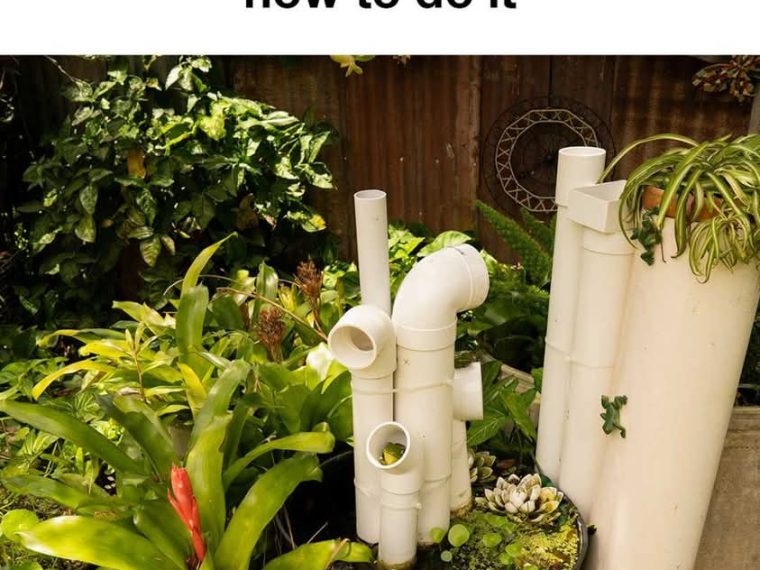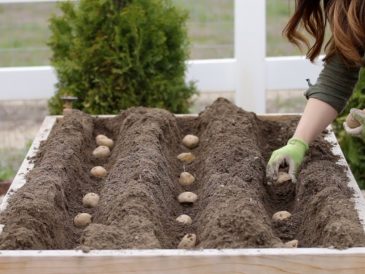Frog hotels are innovative structures designed to provide a safe and nurturing environment for frogs within your garden. These structures mimic the natural habitats of frogs, offering them shelter, breeding grounds, and protection from predators. As urbanization encroaches on natural habitats, frog hotels serve as crucial sanctuaries for these amphibians, helping to sustain their populations. By setting up a frog hotel, you contribute to the conservation of local wildlife and enhance the ecological balance of your garden.
Understanding the Role of Frogs in Your Garden Ecosystem
Frogs play a vital role in maintaining the health and balance of garden ecosystems. As both predators and prey, they are integral to the food web. Frogs consume a variety of insects, helping to control pest populations naturally. Additionally, they serve as food for birds, snakes, and other wildlife, supporting biodiversity. Their presence indicates a healthy environment, as frogs are sensitive to pollution and changes in their habitat. By understanding their role, gardeners can appreciate the benefits frogs bring to their ecosystems.
Benefits of Setting Up a Frog Hotel in Your Garden
Creating a frog hotel in your garden offers numerous benefits, from natural pest control to enhancing biodiversity. It provides educational opportunities for children and adults alike, fostering a deeper connection with nature. Furthermore, frog hotels contribute to environmental conservation efforts and add aesthetic and acoustic appeal to your garden. By supporting frog populations, you help maintain a balanced ecosystem and enjoy a more vibrant garden environment.
1. Natural Pest Control
Frogs are voracious insect eaters, consuming mosquitoes, flies, and other garden pests. By establishing a frog hotel, you encourage these natural predators to take up residence in your garden, reducing the need for chemical pesticides. This not only protects your plants but also promotes a healthier environment for all garden inhabitants.
2. Biodiversity Enhancement
A frog hotel attracts not only frogs but also other wildlife, such as insects and birds, that are part of a diverse ecosystem. By providing a habitat for frogs, you create a ripple effect that supports various species, enhancing the overall biodiversity of your garden. This diversity is crucial for resilience against pests and diseases.
3. Educational Opportunities
Setting up a frog hotel offers a unique opportunity to learn about amphibians and their role in the ecosystem. It can be a fun and educational project for families, schools, and community groups. Observing frogs in their natural habitat can spark curiosity and foster a lifelong interest in wildlife and conservation.
4. Environmental Conservation
Frog populations worldwide are declining due to habitat loss, pollution, and climate change. By creating a frog hotel, you contribute to the conservation of these important species. Providing a safe haven for frogs in your garden helps mitigate some of the pressures they face in the wild, supporting broader conservation efforts.
5. Aesthetic and Acoustic Appeal
Frog hotels can be designed to complement the aesthetic of your garden, adding a unique and attractive feature. Additionally, the presence of frogs brings a delightful acoustic element, as their calls add a soothing and natural soundtrack to your outdoor space. This enhances the overall ambiance of your garden, making it a more enjoyable place to relax and unwind.
Step-by-Step Guide to Setting Up a Frog Hotel
Creating a frog hotel is a straightforward process that involves selecting a suitable location, gathering materials, and assembling the structure. By following these steps, you can establish a welcoming habitat for frogs in your garden.
Choosing the Right Location for Your Frog Hotel
Select a shaded, damp area in your garden, ideally near a water source like a pond or stream. Frogs prefer cool, moist environments, so avoid placing the hotel in direct sunlight. Ensure the location is safe from pets and human traffic to minimize disturbances.
Materials Needed for Building a Frog Hotel
To construct a functional and appealing frog hotel, you will need the following materials:
Shelter Materials
Ceramic pots (medium to large size) – Provides insulated hiding spots.
PVC pipes (various diameters) – Mimics natural crevices for additional shelter.
Hollow logs – Offers natural hiding spaces and blends with the environment.
Rocks and stones – Helps stabilize structures and creates damp, cool microhabitats.
Habitat Enhancement Materials
Water plants (e.g., ferns, water lilies) – Provides shade, shelter, and attracts insects for food.
Leaf litter or mulch – Retains moisture and encourages insects, which serve as a food source.
Small water container or shallow pond – Ensures frogs have access to water for hydration and breeding.
Tools Required
Shovel or trowel – For digging and positioning materials.
Saw – For cutting logs or trimming PVC pipes.
Drill (optional) – If additional drainage holes are needed in ceramic pots.
Step 1: Preparing the Base with Ceramic Pots or Other Suitable Materials
A strong base is essential for ensuring stability and long-term suitability for frog habitation.
Select a shaded or semi-shaded area in your garden near a water source, such as a pond or damp ground.
Partially bury ceramic pots on their sides in the soil, ensuring the openings remain unobstructed. This creates cool, humid hideaways for frogs.
Use small rocks or soil to secure the pots in place, preventing them from rolling or collapsing.
Incorporate logs and stones around the pots to further insulate and provide varied shelter options.
Step 2: Constructing Frog Shelters with PVC Pipes
PVC pipes mimic the tight crevices frogs naturally seek for shelter.
Cut PVC pipes into sections ranging from 6 to 12 inches (15 to 30 cm) in length to accommodate frogs of different sizes.
Position the pipes both vertically and horizontally within the structure to create diverse shelter options.
Bury the lower sections of vertical pipes in the soil to keep them stable and ensure they maintain moisture.
Angle some pipes slightly downward to prevent water from collecting inside, reducing the risk of attracting mosquitoes.
Step 3: Incorporating Water Plants and Natural Elements
A frog-friendly environment includes plant cover and moisture retention.
Surround the frog hotel with native water plants such as:
Water lilies – Provide shade and attract beneficial insects.
Ferns and mosses – Help retain humidity and provide shelter.
Broad-leaf plants – Offer additional hiding spots.
Add a small water source nearby, such as:
A shallow dish filled with rainwater.
A small, natural pond with sloping sides for easy entry and exit.
Layer the ground with damp leaf litter or mulch to maintain moisture and encourage insect activity.
Step 4: Maintaining and Monitoring Your Frog Hotel
Regular upkeep ensures a safe and inviting space for frogs.
Check for debris and predators – Remove accumulated leaves or potential threats like stray pets or invasive species.
Replenish water sources – Ensure water remains fresh and free from contamination.
Monitor frog activity – Observe species visiting the hotel and note any changes in population, which can indicate shifts in your garden’s ecosystem.
Adjust the structure as needed – Over time, you may need to add more shelters or vegetation to keep the habitat attractive.
Conclusion: Embracing the Benefits of a Frog Hotel in Your Garden
By setting up a frog hotel, you create a sanctuary for these important amphibians, contributing to biodiversity and natural pest control. The benefits extend beyond your garden, supporting broader conservation efforts and providing educational opportunities. Embrace the aesthetic and acoustic charm frogs bring, and enjoy a healthier, more vibrant garden ecosystem.





